The Human Costs of War
Last Friday, a NATO airstrike on two hijacked fuel trucks killed at least 90 people in Afghanistan. The Guardian, determined not to let the story pass into the ether of forgotten wartime reporting, managed to interview the families of some of the strike's victims in a moving exposé of the incredible pain of war.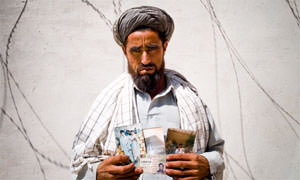
Last Friday, a NATO airstrike on two hijacked fuel trucks killed at least 90 people in Afghanistan. The Guardian, determined not to let the story pass into the ether of forgotten wartime reporting, managed to interview the families of some of the strike’s victims in a moving exposé of the incredible pain of war.
Your support matters…The Guardian:
At first light last Friday, in the Chardarah district of Kunduz province in northern Afghanistan, the villagers gathered around the twisted wreckage of two fuel tankers that had been hit by a Nato airstrike. They picked their way through a heap of almost a hundred charred bodies and mangled limbs which were mixed with ash, mud and the melted plastic of jerry cans, looking for their brothers, sons and cousins. They called out their names but received no answers. By this time, everyone was dead.
What followed is one of the more macabre scenes of this or any war. The grief-stricken relatives began to argue and fight over the remains of the men and boys who a few hours earlier had greedily sought the tanker’s fuel. Poor people in one of the world’s poorest countries, they had been trying to hoard as much as they could for the coming winter.
“We didn’t recognise any of the dead when we arrived,” said Omar Khan, the turbaned village chief of Eissa Khail. “It was like a chemical bomb had gone off, everything was burned. The bodies were like this,” he brought his two hands together, his fingers curling like claws. “There were like burned tree logs, like charcoal.”
Independent journalism is under threat and overshadowed by heavily funded mainstream media.
You can help level the playing field. Become a member.
Your tax-deductible contribution keeps us digging beneath the headlines to give you thought-provoking, investigative reporting and analysis that unearths what's really happening- without compromise.
Give today to support our courageous, independent journalists.
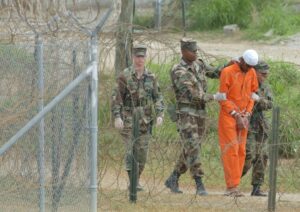
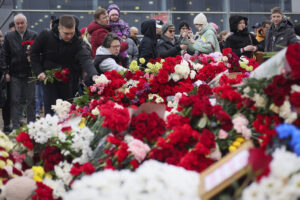
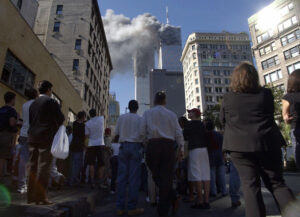
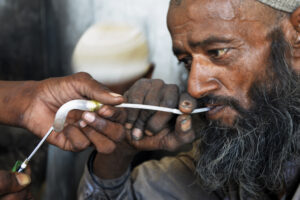
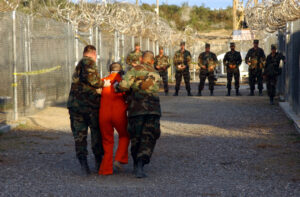
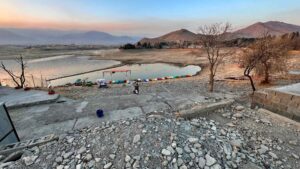
You need to be a supporter to comment.
There are currently no responses to this article.
Be the first to respond.